Prolific and hearty, Narragansett Turkeys developed from crossing domestic birds and Eastern Wild Turkeys during the mid 1800s. Having never been primarily a production bird, Narragansetts have retained many of the survival qualities that modern commercial meat birds have lost. Hens are generous egg layers and protective mothers. The toms are known for their kind, gentile temperaments and easy handling. Our turkeys prefer range or pasture systems and do particularly well through winter.
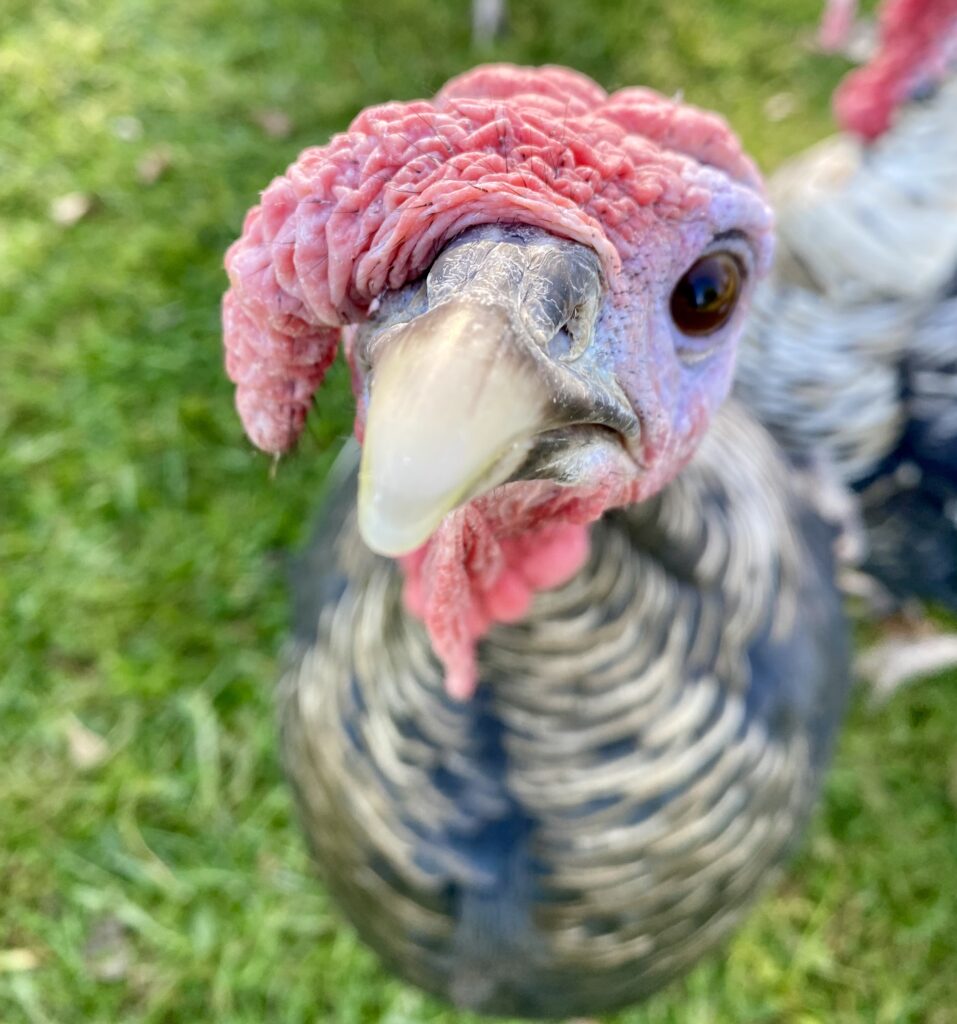
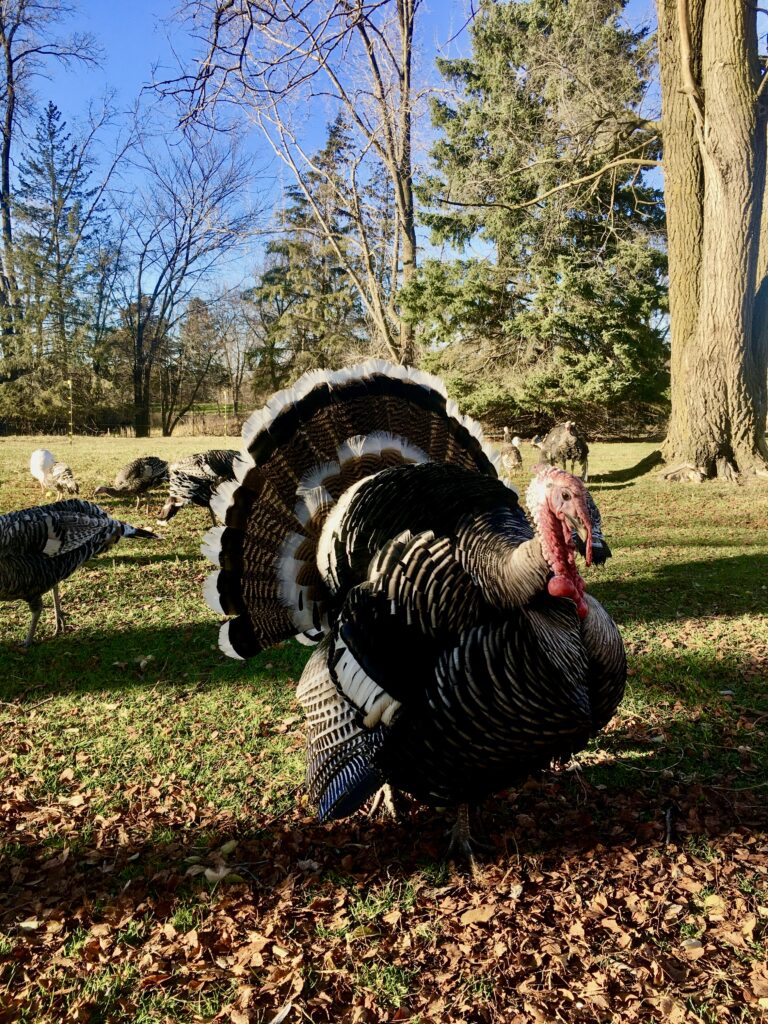

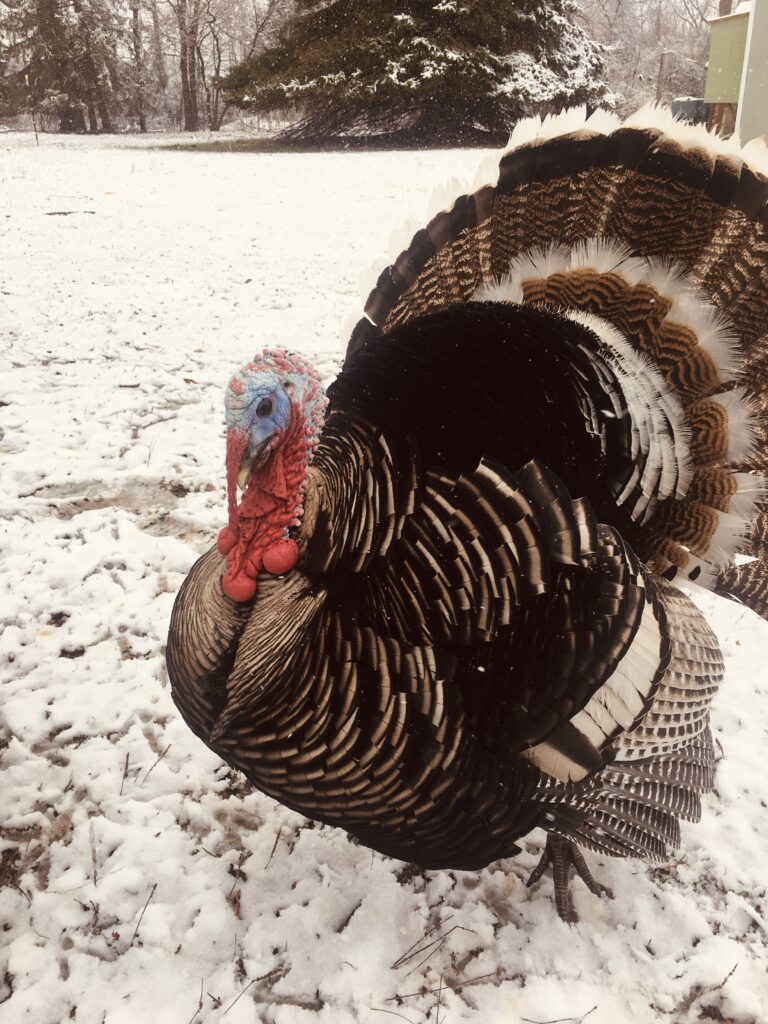
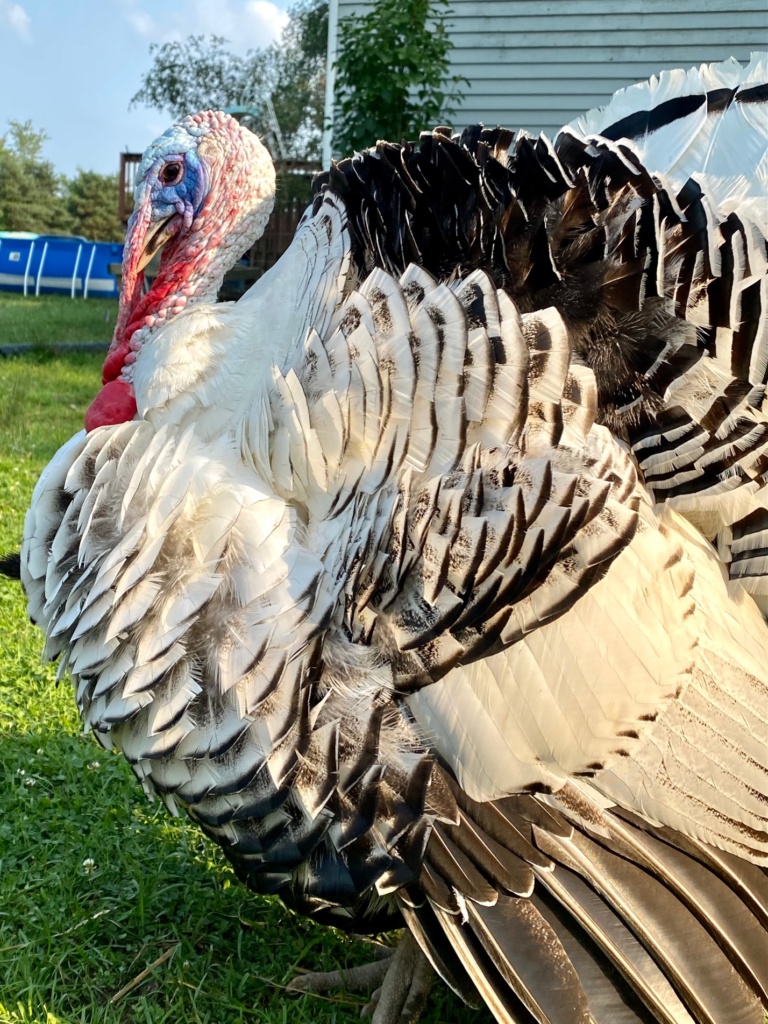
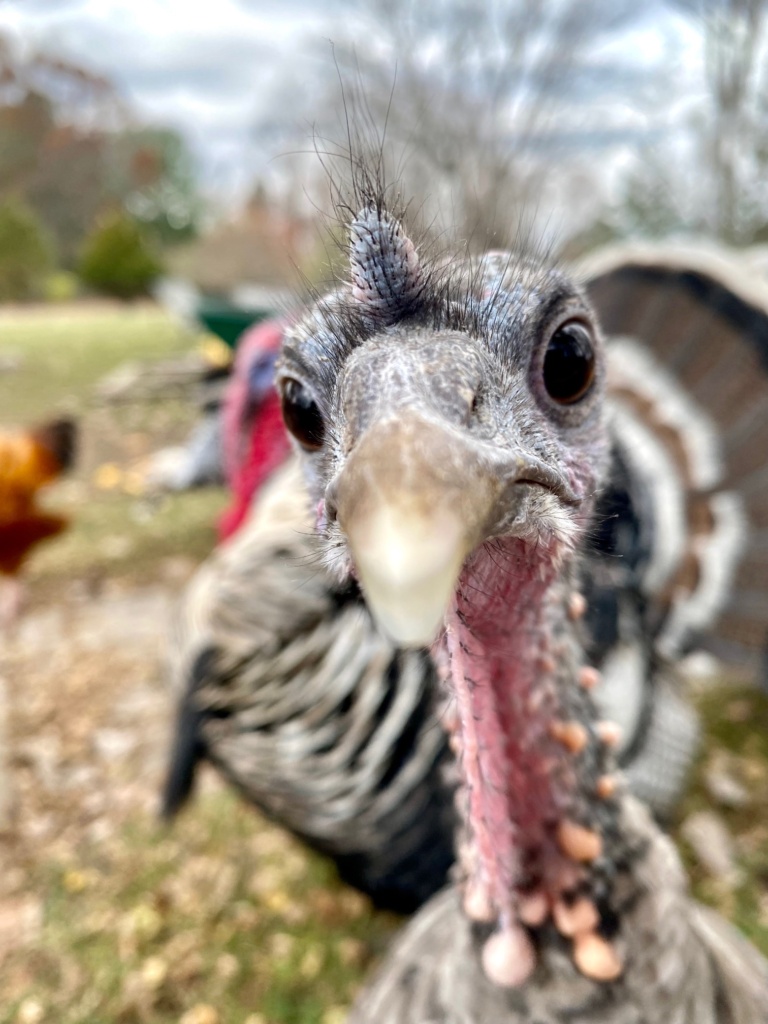
-Our Management System-
We upgraded our own grazing flock to Narragansett Turkeys in 2016. The switch dramatically increased chick survival rates and improved foraging behaviors in hens. Heritage birds do require more time and work over the years, but we believe the increase in quality of life is well worth the effort.
Our turkeys free range our pastures and breed naturally. They hatch and raise their chicks, allowing offspring to be fully socialized within the flock. This increases foraging behaviors and food source areas for growing poults. Adult birds are more active, seek more diverse food-stuffs, and show a marked increase in resistance to intestinal parasites.
We do provide optional feed year around to supplement their diet, but they prefer to find their own. Our focus is to preserve the natural behaviors in these beautiful birds while offering a low-cost and piratical long-term alternative to homestead and small farm flocks
-Breeding Stock Availability-
Poults and hatching eggs are available each spring from approximately March through June. Breeding stock and starter flocks are selected in the fall. We strongly encourage breeders to register their flocks with The Livestock Conservancy and complete a yearly flock census to track breeding populations. You can read more about breed traits and history here.
-Notes on Color-
Narragansett Turkeys have several genetic color mutations. The classic “White Bar” mutation is now standard in our flock. We also have a recessive reversed color pattern that makes an appearance every few years. To learn more about color patterns and variations in turkeys, check out the amazing research by Franz Lehner here.